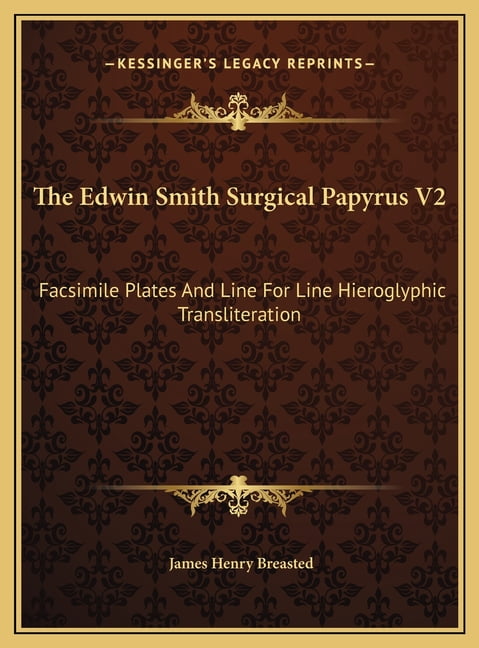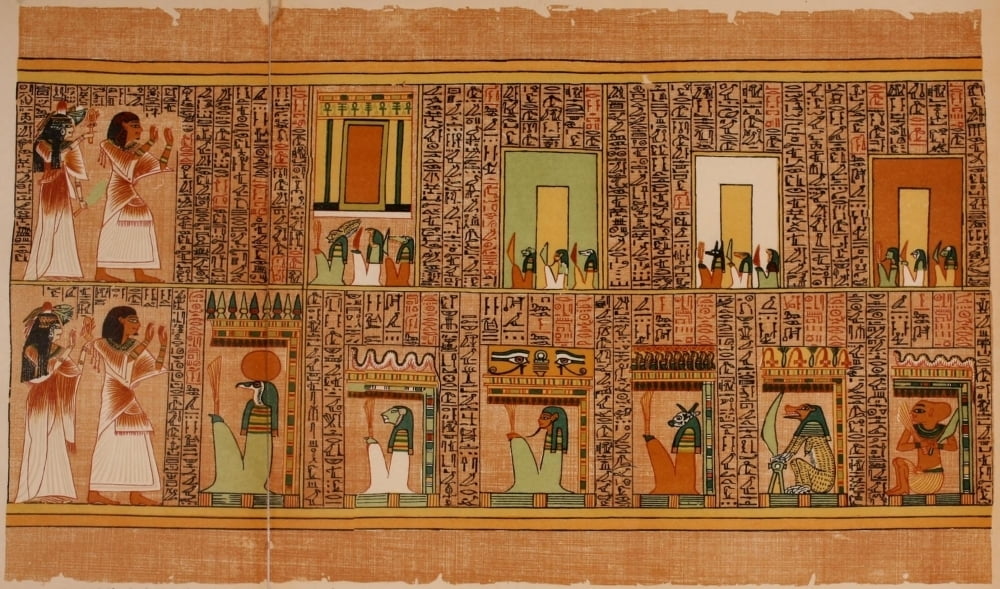

Zeus follows Kronos and swallows the severed phallus, thus containing all things within himself.

PAPYRUS AUTHOR REVIEW SERIES
In the extant and legible portions of the DP, a version of the cosmogony is given: there are a series of overthrowings of the ruling figure (Kronos overthrows Ouranos, probably by castrating him). The Orphic view was based on a cosmogony similar to that found in Hesiod, and Dionysus held a special place. Nonetheless, the name of Orpheus was certainly linked with views about the proper ways of life and death: there were views about purity of life, death rituals, and the immortality of the soul. It is probable that there was some sort of organized system of beliefs this early, although the evidence is spotty. While Presocratic philosophy was developing, the term "Orphic" came to be applied to a number of religious cults and rituals. But our students often have no cognizance of this and some are puzzled about why Plato wrote dialogues and Aristotle wrote treatises, while the Presocratics and many Hellenistic philosophers wrote "fragments." The story of the Derveni Papyrus reminds us how fragile our connection with the texts of past philosophers can be, and how sometimes what we study depends on the vicissitudes of history. Those of us who deal with the history of philosophy are more aware of the relevance of texts and manuscripts (and those working on Greek, Islamic, and Medieval philosophy are quite mindful of the problems). I begin with this story, because, for many philosophers, textual uncertainties can be side issues, arcane difficulties that obscure the real task at hand of analyzing and solving philosophical problems. Scholars disagree about the date of the papyrus, its significance, its likely author, and above all, about the text. Tsantsanoglou, who was doing official work on the papyrus, was part of Studies on the Derveni Papyrus, edited by André Laks and Glenn Most (Oxford University Press, 1997) and Richard Janko, working from, in Janko's words, "all available published sources," published his own version, "An Interim Text," in ZPE 141 in 2002. A provisional text, including previously unavailable material, approved by Professor K. An unauthorized and anonymous publication appeared in Zeitschrift für Papyrologie und Epigraphik ( ZPE ) 47 (1982).

More than forty years after its discovery, there has still been no official publication of the text, although that now is long overdue. The story of the Derveni Papyrus involves archeologists, papyrologists, officials of government departments, classicists, and philosophers. Its author quotes Heraclitus (quoting together two lines that had not previously been known to go together), knows the theories of Anaxagoras, and seems familiar with the views of Diogenes of Apollonia. The papyrus contains an allegorized and rationalistic explication of an Orphic poem, preserving a treatise that is probably from the last quarter of the fifth century. Only small fragments of 9-10 lines, some with hardly any legible letters, remain from the badly damaged first columns. This means that we have 15-17 lines of writing in the better preserved columns, of which the upper 10-11 lines have an almost continuous text, whereas usually only a few letters are legible in the bottom lines. The bottom part of the papyrus was consumed by the flames, and only 7-8 cm of the upper half escaped. Twenty-two columns were reconstructed, with a remainder of some unidentified fragments. The DP has been opened (an undertaking of delicacy, given the fragility of carbonized papyrus). The Derveni Papyrus, tentatively dated to the late fourth or early third centuries BCE, was the first papyrus discovered on mainland Greece and is, perhaps, the oldest Greek papyrus so far discovered. That is exactly how Gábor Betegh begins his study. Any discussion of the Derveni Papyrus (DP) ought to begin by relating how a carbonized scroll was discovered in 1962, in the remains of a funeral pyre covering one grave (Grave A) of seven burials found during construction work on the National Road from Thessaloniki to Kavala.


 0 kommentar(er)
0 kommentar(er)
